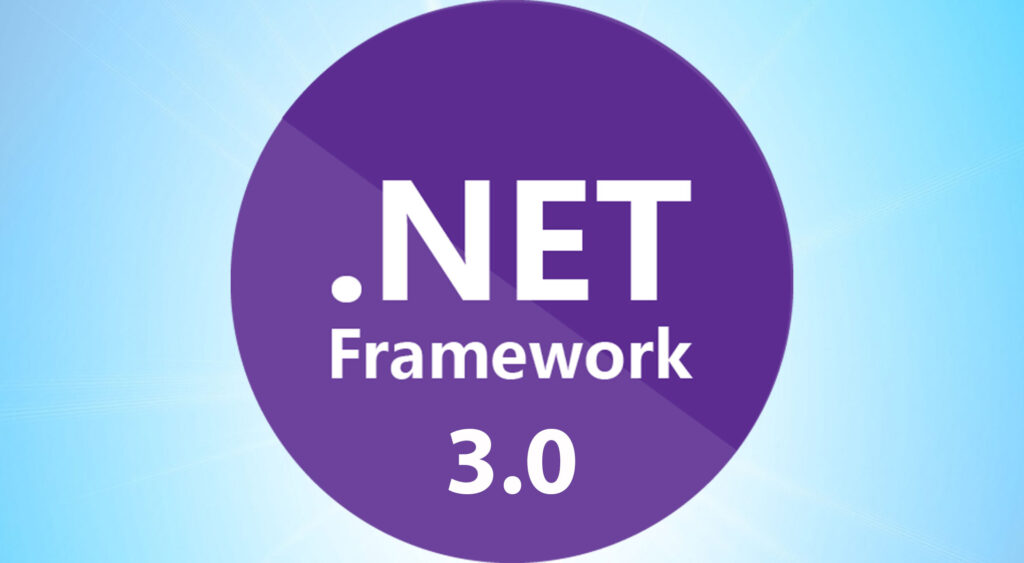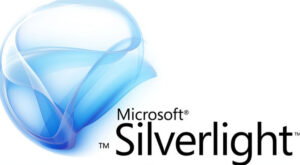
In November 2006, Microsoft introduced .NET Framework 3.0, marking a significant milestone in the evolution of its development platform. This release brought forth a host of new features and technologies that expanded the capabilities of the .NET Framework and opened up exciting possibilities for software developers.
.NET Framework 3.0
.NET Framework 3.0 is not a new version of the .NET Framework in the traditional sense; rather, it is an extension to .NET Framework 2.0. It is sometimes referred to as .NET 3.0 to avoid confusion. This extension, however, is far from minor; it introduced several innovative components and technologies, making it a crucial release in the history of the .NET ecosystem.
Key Components of .NET Framework 3.0
- Windows Presentation Foundation (WPF): WPF is the crown jewel of .NET Framework 3.0. It represented a paradigm shift in user interface development, enabling developers to create rich, interactive, and visually stunning applications. WPF introduced XAML (eXtensible Application Markup Language) for declarative UI design and utilized vector graphics for resolution-independent rendering.
- Windows Communication Foundation (WCF): WCF is a framework for building distributed and service-oriented applications. It provided a unified model for building and consuming web services, supporting various communication protocols and simplifying the development of connected systems.
- Windows Workflow Foundation (WF): WF brought workflow automation capabilities to .NET applications. Developers could design and execute complex, long-running workflows within their software, streamlining business processes and decision logic.
- Windows CardSpace: Formerly known as “InfoCard,” CardSpace provided a secure identity management system for web applications. It allowed users to control their digital identities and choose how their personal information is shared online.
Impact on Application Development
The release of .NET Framework 3.0 have a profound impact on application development:
- Rich User Interfaces: WPF revolutionized user interface development, enabling developers to create aesthetically pleasing and highly interactive applications. The separation of UI design in XAML allowed for collaboration between designers and developers.
- Simplified Service Integration: WCF streamlined the development of distributed systems and services, offering a consistent and flexible approach to communication. It became a go-to choice for developing web services.
- Workflow-Driven Applications: WF empowered developers to design and implement workflow-based applications, improving business process automation and the orchestration of complex tasks.
- Enhanced Security and Identity Management: Windows CardSpace addressed security and identity management concerns, offering a more secure and user-friendly approach to handling personal data in web applications.
Conclusion
The release of .NET Framework 3.0 represented a transformative moment in the world of software development. It introduced powerful technologies like WPF, WCF, WF, and CardSpace, which not only enhanced the capabilities of .NET but also influenced the direction of application development in the years to come.



